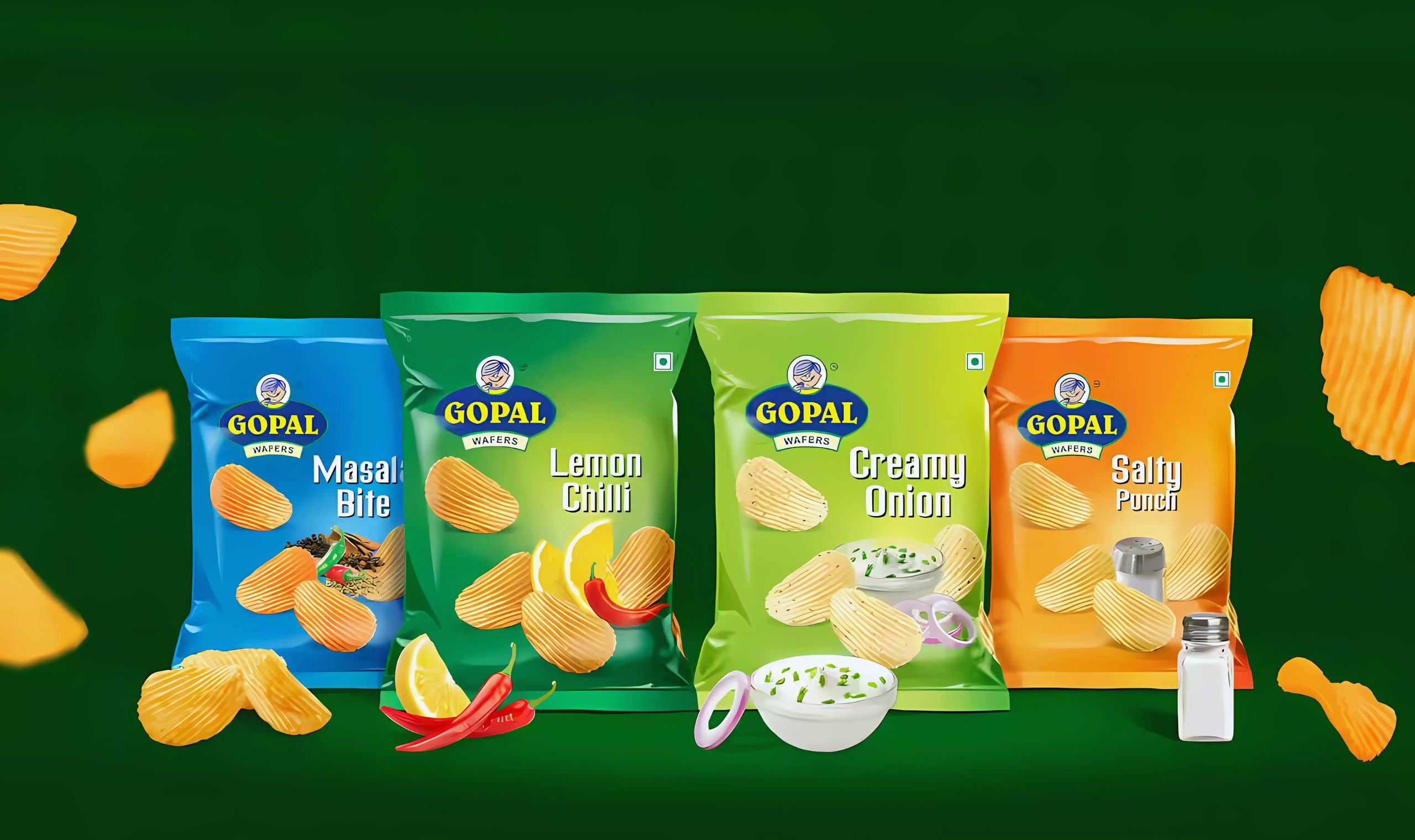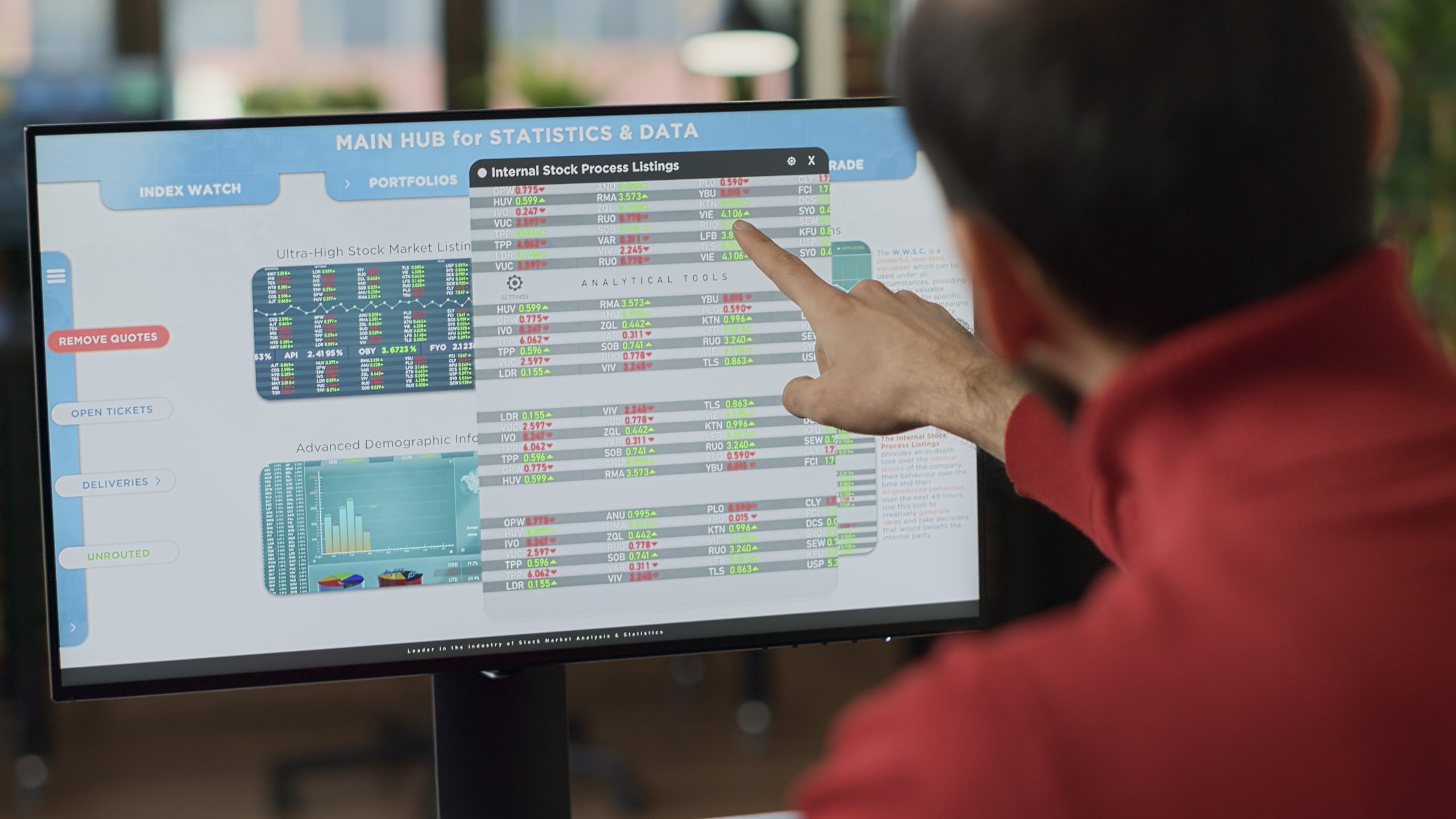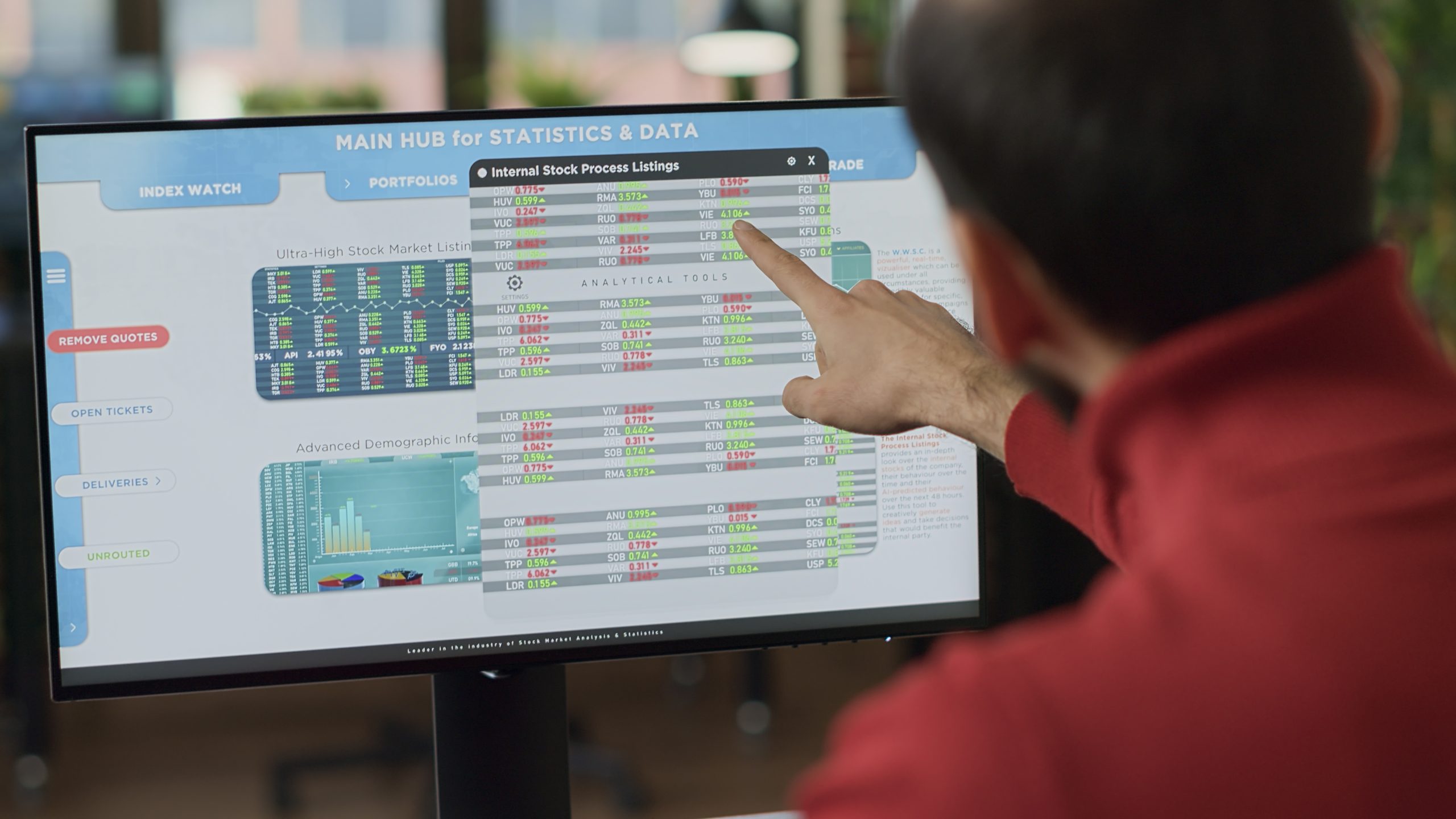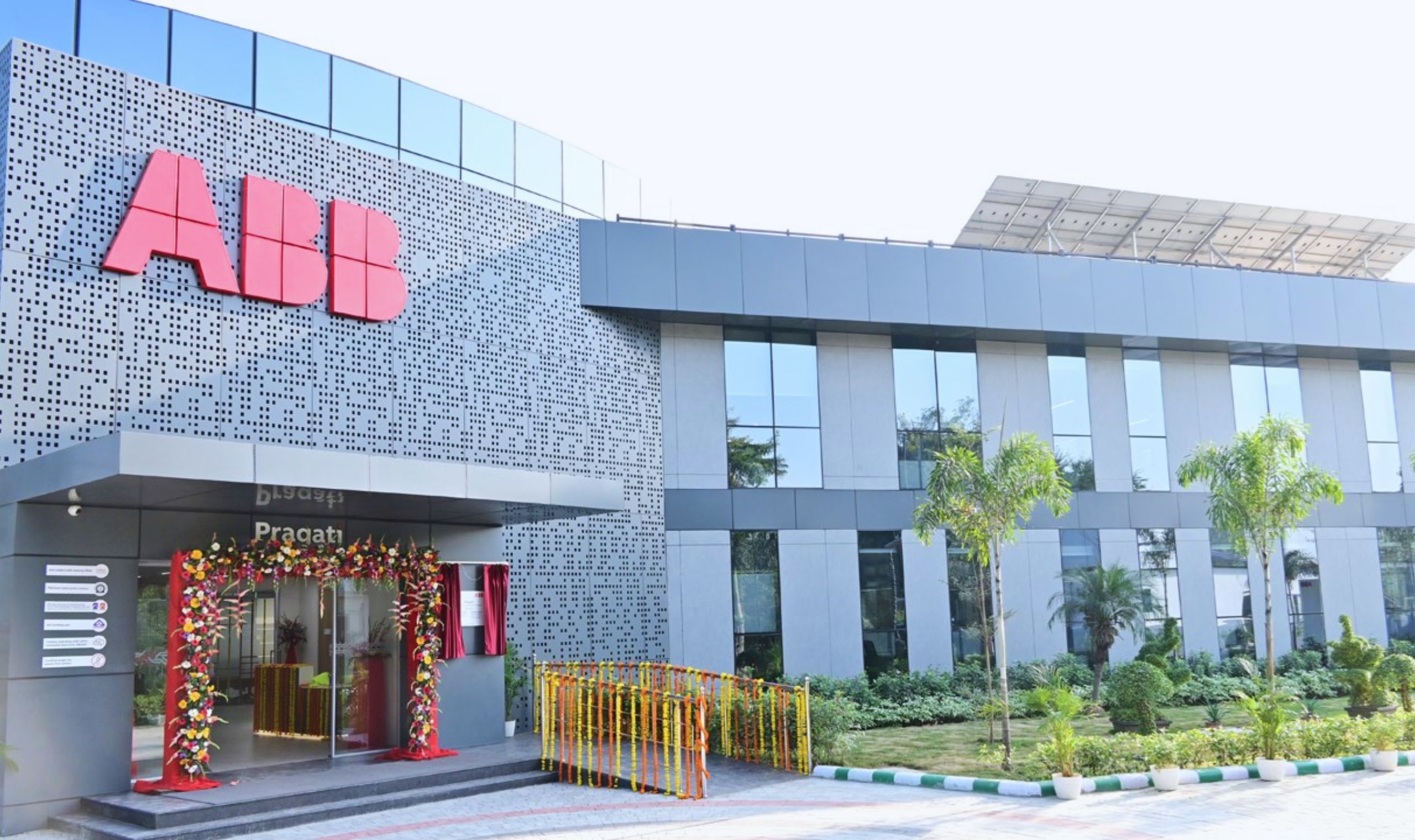Gopal Snacks, one of India’s prominent snack food companies, has been a household name for many years, known for its wide range of crispy and flavorful snack products. However, the company’s latest quarterly performance in Q3 has left investors reeling, as the shares of Gopal Snacks plunged by 10% following disappointing financial results. This blog will analyze the reasons behind the stock’s downturn, focusing on the weak earnings reported in Q3, operational challenges, and the increased costs of raw materials, while also discussing the company’s steps to address these issues.
Gopal Snacks Q3 Earnings Report: A Closer Look
Gopal Snacks, for the quarter ended December 2024, reported a staggering 70% year-on-year decline in its net profit, which dropped from Rs 17.8 crore in Q3FY24 to just Rs 5.3 crore in Q3FY25. This sharp decline in profits was a major cause for concern, sending ripples of disappointment among investors. The primary reasons cited for the dip in profits included operational disruptions at the company’s Rajkot manufacturing facility, along with a surge in the prices of key raw materials.
1. Impact of Raw Material Cost Surge
One of the most significant factors affecting Gopal Snacks’ bottom line was the unexpected rise in the costs of raw materials. A major portion of these expenses comes from palm oil, a key ingredient used in the production of various snacks, including chips, crisps, and other fried snacks. The increase in palm oil prices, coupled with other raw material price hikes, led to a sharp rise in the company’s input costs. This surge in raw material prices directly impacted the company’s margins, causing significant financial strain.
Bipin Hadvani, the Chairman and Managing Director of Gopal Snacks, acknowledged these challenges in a statement, emphasizing that the higher input costs were a major contributor to the shrinking margins. Hadvani stated, “In addition to the operational disruptions, the increased cost of key raw materials, such as palm oil, further compounded the pressure on margins.”
2. Operational Disruptions: Fire at Rajkot Manufacturing Facility
Another major hurdle faced by Gopal Snacks in Q3 was the unfortunate operational disruption at its Rajkot 1 manufacturing facility. In mid-December, a fire broke out at the facility, causing significant damage to property, plant, equipment, and inventory. The company has since filed an insurance claim for the damages, and a survey process is underway to assess the full extent of the loss. However, the fire led to a temporary halt in production at the Rajkot plant, further exacerbating the operational challenges faced by the company during an already tough quarter.
As a result, Gopal Snacks had to scale up production at its other plants, particularly the Modasa and Nagpur facilities, to minimize the impact of the shutdown. The company also entered into partnerships with third-party manufacturers to ensure that its product supply remained uninterrupted during this period of crisis.
3. Company’s Response: Steps to Address Operational and Financial Challenges
Despite the challenges faced in Q3, Gopal Snacks has implemented several strategies to ensure that its production continues without significant delays. The company’s proactive approach to managing the disruptions included ramping up production at its other plants, as mentioned, and utilizing third-party manufacturers to maintain the supply of products to meet demand. This approach ensured that the company could still cater to its customers, even during the downtime at the Rajkot facility.
Furthermore, the company is taking long-term steps to address the lost capacity and prevent such disruptions in the future. Gopal Snacks has announced the commissioning of a new manufacturing facility in Gondal, Rajkot, which is expected to help restore lost production capacity and align with the company’s growth strategy in the long run. This new facility will not only offset the damage from the Rajkot 1 plant but will also be a key driver for future growth, enabling the company to scale up operations and meet rising demand in the snack food segment.
4. Financials: The Impact of Operational Issues on Earnings
Gopal Snacks’ Q3 earnings, which grew by about 7% in revenue to Rs 393.5 crore compared to Rs 367.5 crore in Q3FY24, indicate that the company still saw some top-line growth despite the operational setbacks. However, this modest growth was overshadowed by the steep rise in operational expenses, particularly the 13% spike in total expenses, which rose to Rs 387 crore in Q3 from Rs 342 crore in the same period last year.
This sharp increase in expenses significantly eroded the company’s margins, as seen in the contraction of the EBITDA margin, which dropped to just 3.9% in Q3FY25 from 9.6% in Q3FY24. This decline in profitability highlights how operational challenges, particularly the increase in raw material costs and the fire at the Rajkot plant, have severely impacted Gopal Snacks’ financial performance.
The Broader Industry Context
The snack food industry in India has been experiencing growth over the last few years, driven by rising consumer demand for convenient, ready-to-eat food products. The increasing urbanization and changing lifestyles have significantly contributed to the rise in consumption of packaged snacks. However, the industry also faces several challenges, such as fluctuating raw material costs, regulatory hurdles, and shifting consumer preferences.
In addition to these challenges, Gopal Snacks also faces intense competition in the Indian snack food market, which is populated by several large players such as PepsiCo, Britannia, and ITC. These companies have deeper pockets, larger distribution networks, and stronger brand recognition. As a result, Gopal Snacks needs to not only navigate operational challenges but also find ways to differentiate itself in the crowded snack food market.
Outlook: What’s Next for Gopal Snacks?
Given the operational setbacks and the sharp decline in profits, it is likely that Gopal Snacks will continue to face challenges in the short term. The company has made some good strides in mitigating the impact of the Rajkot facility shutdown and the increase in raw material costs. The new manufacturing plant in Gondal, along with the expansion of capacity at other locations, should provide a much-needed boost to production and help the company recover from the setback caused by the fire.
However, it is essential for Gopal Snacks to closely monitor the fluctuation in raw material prices, particularly palm oil, as it plays a significant role in the company’s cost structure. Additionally, the company needs to focus on improving its operational efficiency to mitigate the impact of rising expenses and achieve better profitability in the future.
The company’s management needs to focus on streamlining its supply chain, optimizing its production process, and ensuring that future operational disruptions are minimized. Gopal Snacks should also continue to explore partnerships and collaborations to strengthen its position in the competitive snack food market.
Conclusion
Gopal Snacks’ stock took a significant hit after its weak Q3 earnings were announced, driven by a combination of operational disruptions, a surge in raw material costs, and the fire at its Rajkot facility. While the company managed to report modest revenue growth, its profitability suffered, as indicated by the significant drop in net profit and margin contraction.
In response to these challenges, Gopal Snacks has ramped up production at its other plants and commissioned a new manufacturing facility to restore lost capacity. The company will need to focus on addressing the issues related to raw material costs, improving operational efficiency, and ensuring that future disruptions are minimized to regain investor confidence and improve its financial performance.
For now, the outlook remains cautious, and it will be important for Gopal Snacks to recover from these setbacks and continue executing its long-term growth strategy in the competitive Indian snack food market. Investors will need to closely monitor the company’s future earnings reports and strategic initiatives to determine if it can overcome these hurdles and deliver strong performance in the coming quarters.















0 Comments